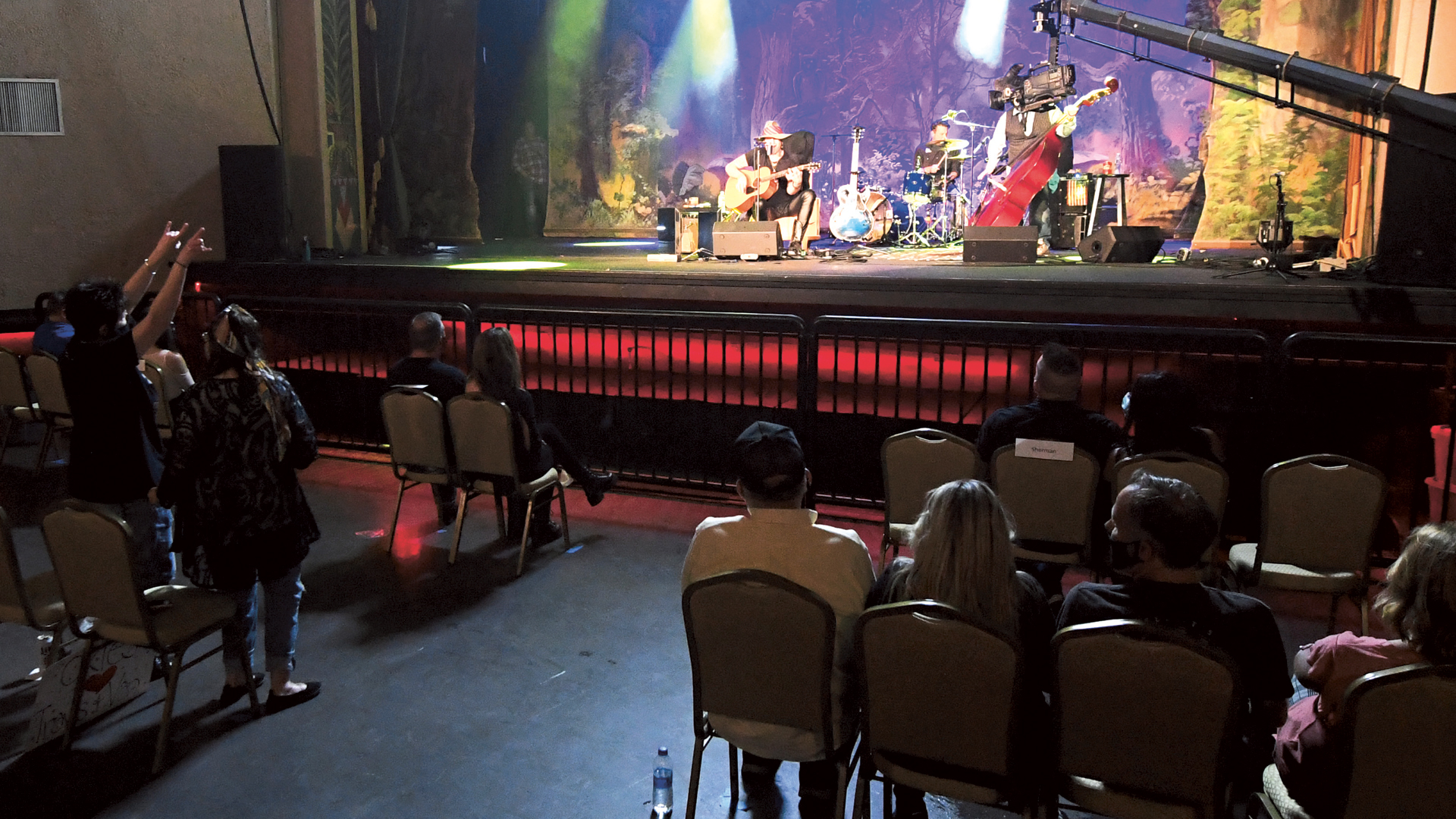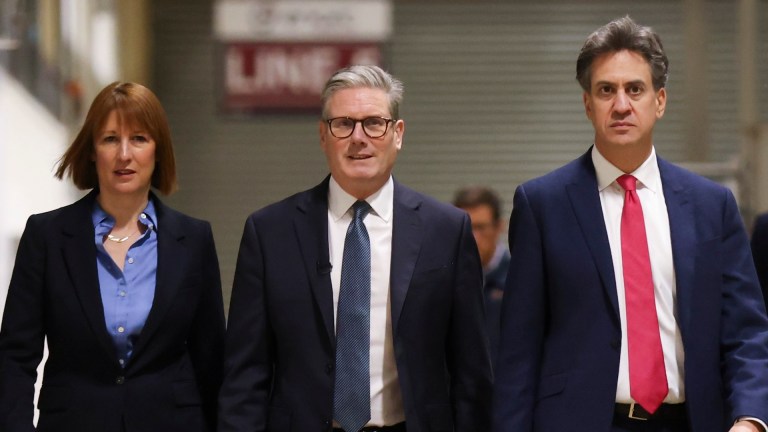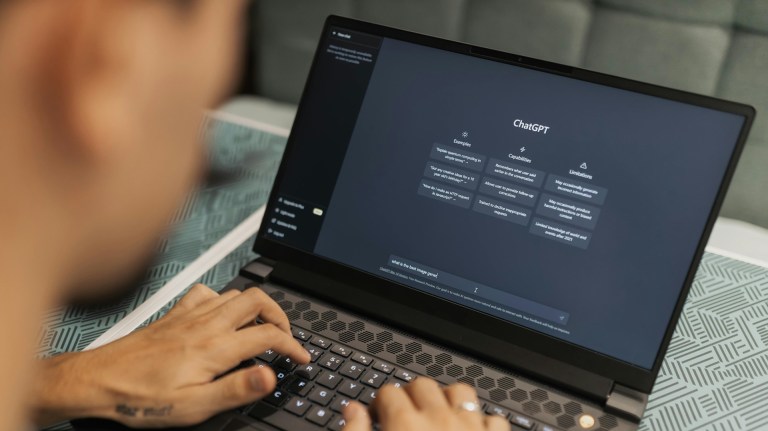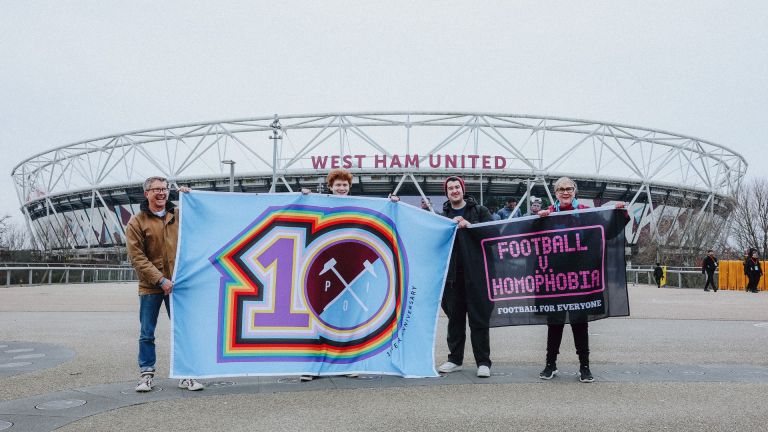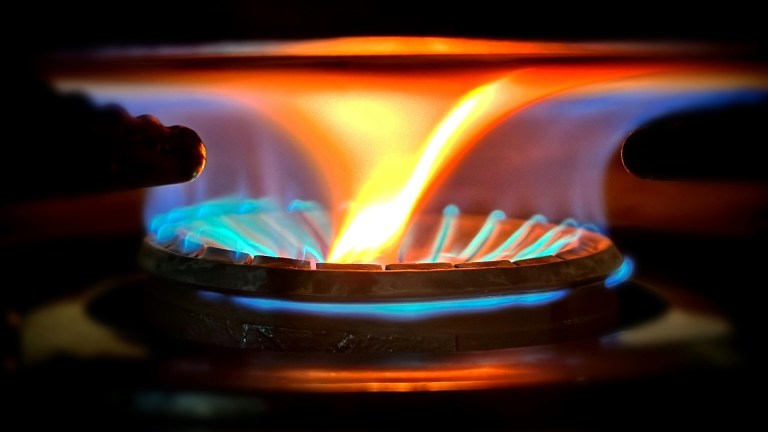Would you go to a socially distanced gig?
With live music as we know it unlikely to return in earnest until well into 2021 based on most expert forecasts – if indeed at any time in the medium to long-term future – a global industry faces an existential dilemma. Until such a time as Covid-19 is beaten back into full retreat, some sort of temporary formula whereby concerts can successfully resume on a small-scale, hygiene-savvy level post-lockdown needs be hit upon fast – livelihoods and the survival of live music infrastructure depends upon it. Ideas as to how it could work – ranging from the sterile to the overblown to the downright weird – aren’t in short supply. Some of them have even already been trialled.
Denmark was quick to road-test the drive-in concert. Drive-in cinemas seem set to make a resurgence in the age of coronavirus, so why not adapt the same open-air spaces for live music? Gigs at P Scenen on the outskirts of Aarhus have seen up to 500 cars containing a maximum of five people each roll up for shows since April. Think a festival with the stage turned to face the car park. Audio is transmitted via FM radio; alcohol is banned, and you can’t get out of your vehicle – though you can roll down the window to cheer (unless you’re satisfied beeping your horn). Northern Ireland will present its own novel and, shall we say, rustic twist on the idea next month with a brace of shows by country singers Derek Ryan, Marty Mone and Philomena Begley at Ballymena Showgrounds, at which there’ll be a special section for tractors.
Shows in regular gig venues at dramatically reduced capacity, following good social distancing and public health practices, seems a more sensible approach. On May 18 at a former Masonic temple in Fort Smith, Arkansas, country singer Travis McCready became officially the first musician in America, perhaps the world, to give it a try [main picture].
Temperature checks were taken at the door for each of the 239 people allowed in to the 1,100-seat theatre, all of whom were required to sit in clusters, branded “fan pods”. Looking like a sparsely attended open-mic night on a wet Tuesday in January, it didn’t exactly resemble the most exhilarating show ever staged, but as one fan put it, “it’s just nice to be doing something that’s normal, even with a face mask on”.
Perhaps technology has the answer? Debuted at the Burning Man Festival in the Nevada desert last summer, where it hosted DJ sets by Diplo and Flume among others, The Fluffy Cloud is the brainchild of inventor and artist Jorge Perdomo, who claims that his 10-metre tall cocoon-like structure – part installation, part performance platform, part light show – is “uniquely Covid-friendly” and capable of being redeployed to help live entertainment to “bounce back sooner than expected”. Designed to provide concertgoers with a 360-degree visual and aural experience, it’s basically a high-tech in-the-round stage, apt in theory to allow more people to gather around it at greater distance from one another. A helpful suggestion, but quite how many artists other than big money arena-level touring DJs could afford to tour with such an elaborate contraption is hard to fathom.

